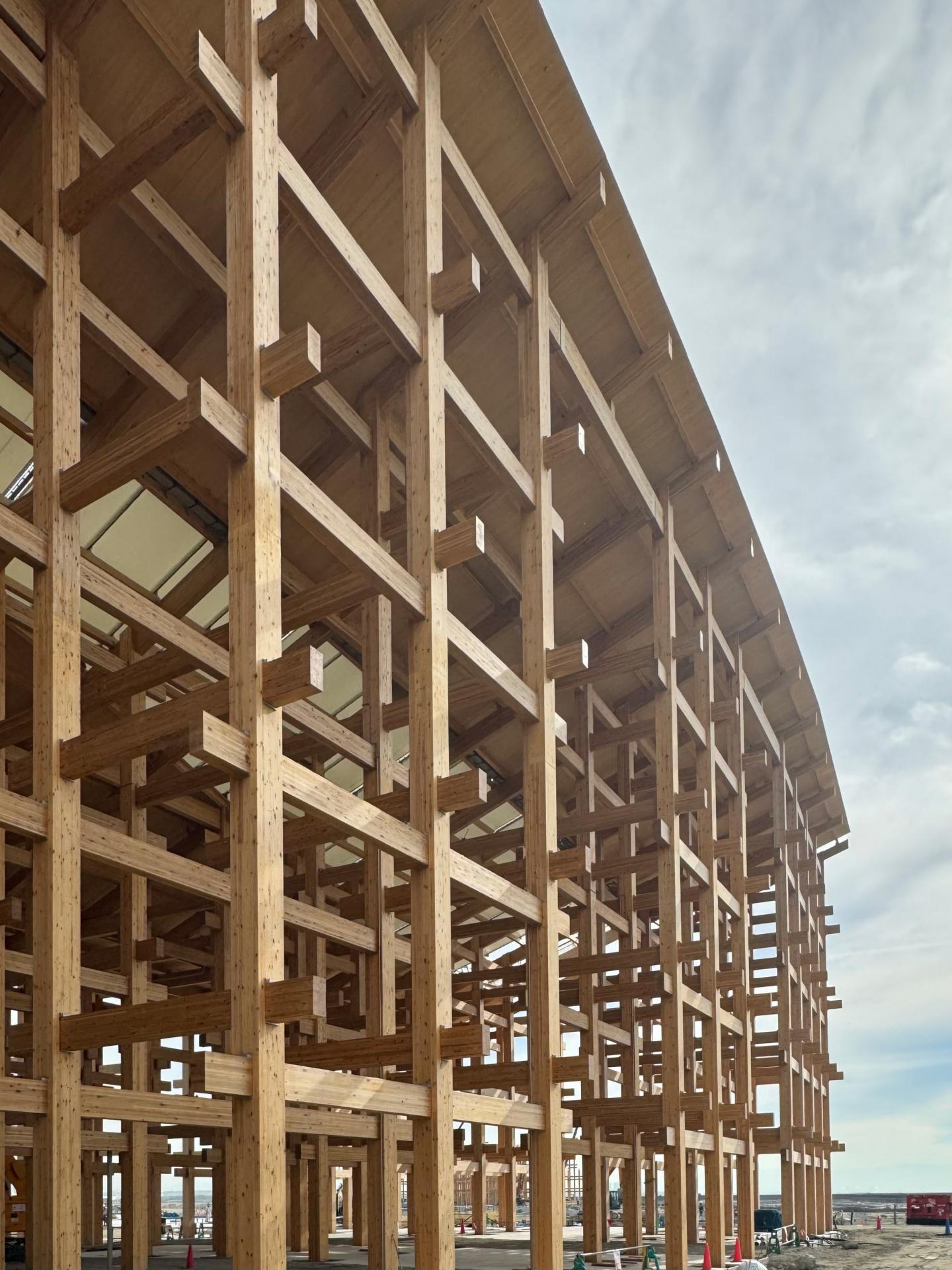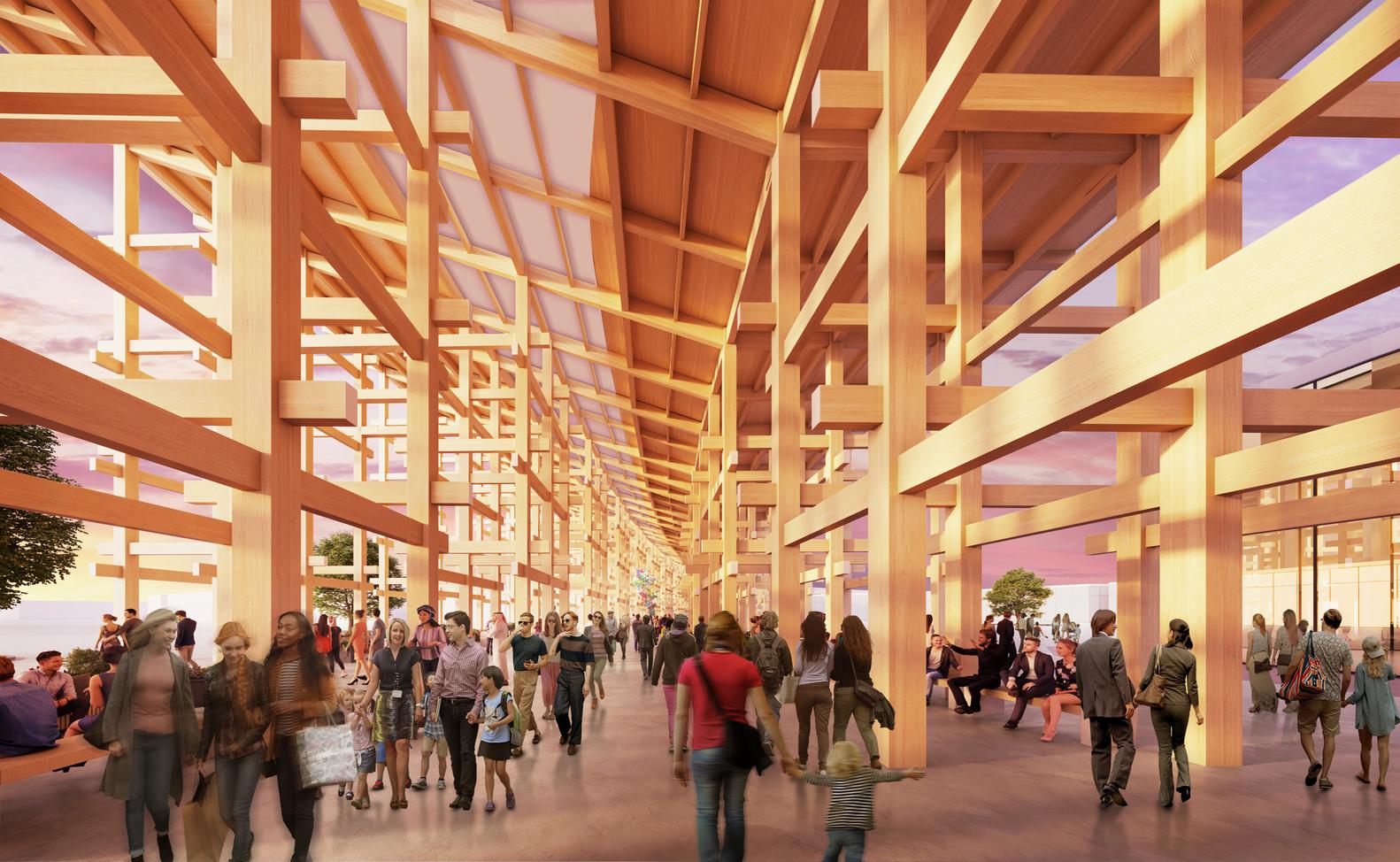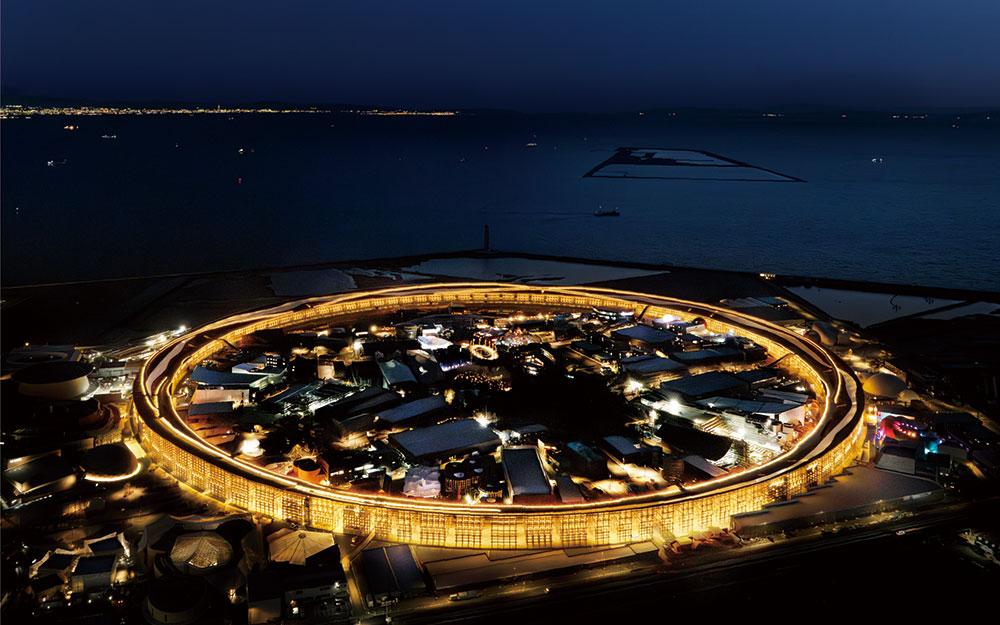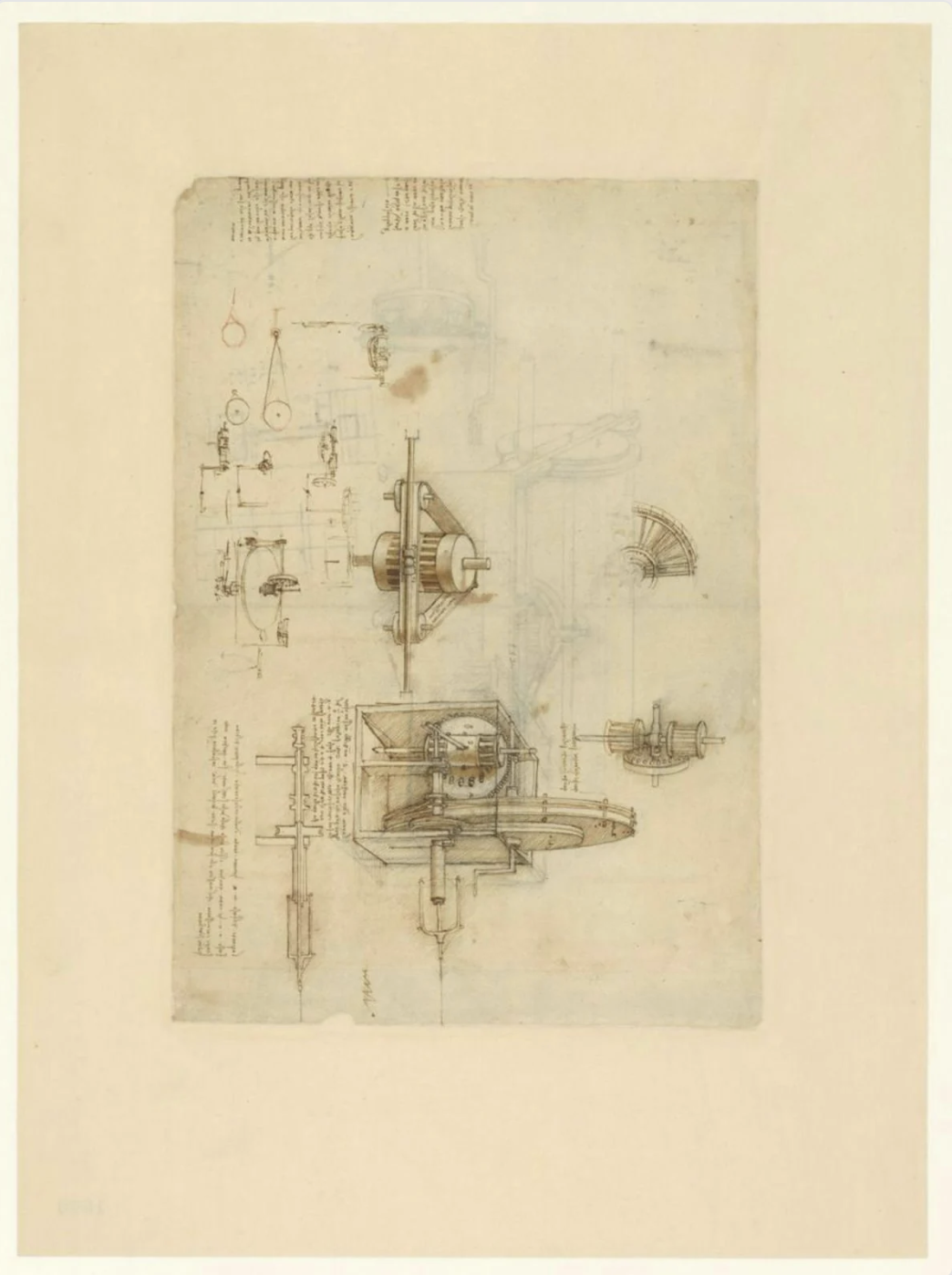Expo 2025 Osaka is more than just a technological showcase—it’s also a remarkable display of architectural creativity.
Held on the Yumeshima Island, the event is now in full swing, with pavilions from across the world presenting unique interpretations of the Expo’s central theme. Here’s a closer look at five standout designs.
Running from 13 April to 13 October 2025, this global event is themed “Designing Future Society for Our Lives.” It brings together innovation and architectural beauty from around the world. From the timber-crafted Grand Ring to the sail-inspired Qatar Pavilion, each structure reflects a vision of the future.
1. Grand Ring



At the heart of the Expo is the Grand Ring, a circular wooden structure designed by Japanese architect Sou Fujimoto. Housing over 100 national pavilions, the design draws on traditional Japanese wooden architecture. Stretching roughly 2km in length and standing 12-20 metres tall, it’s built from Japanese cedar, cypress, and European red pine, making it the largest wooden structure in the world. Using the traditional nuki joinery technique—also seen in Kyoto’s Kiyomizu-dera—the design enhances stability while honouring Japan’s architectural heritage. The Grand Ring also symbolises unity, bringing together more than 160 participating nations and fostering cultural exchange.
2. Japan Pavilion



As the host country, Japan’s pavilion explores the theme “Between Lives” and was designed by Oki Sato of Nendo. Built by Nikken Sekkei, the structure features a large circular wooden frame with carefully spaced gaps between the planks. This design allows visitors to see activity inside from the outside—or peer out from within—reflecting the pavilion’s themes of connection and perspective. By combining futuristic design with natural materials, the Japan Pavilion delves into the idea of cycles in life and society.
3. 卡達館 Qatar Pavilion


The Qatar Pavilion, designed by Kengo Kuma & Associates, takes its inspiration from Qatar’s traditional dhow sailing boats. The open-roof design uses Japanese woodworking techniques, with wooden planks of varying lengths and widths creating a dynamic visual effect. White fabric elements and surrounding water features add to the imagery of a boat gliding across the sea, blending craftsmanship with cultural symbolism.
4. Italy Pavilion



Architect Mario Cucinella brings Renaissance ideals into the modern age with the Italy Pavilion. Under the theme “Art Regenerates Life,” the pavilion incorporates elements of theatres, arcades, piazzas, and Italian gardens. Its exterior resembles a wooden theatre, while visitors pass through a grand colonnade to reach the rooftop, where a contemporary version of an Italian labyrinth garden awaits. This space features geometric designs, sculptures, and fountains, offering a modern interpretation of classical aesthetics.

A key highlight of the Italy Pavilion is the display of Leonardo da Vinci’s Atlantic Codex, a national treasure. Visitors can also see the Farnese Atlas sculpture from the Naples National Archaeological Museum and Renaissance works like “The Ideal City” presented on curved walls.
5. Women’s Pavilion



The Women’s Pavilion, created by Cartier, celebrates the power of women to drive change. Designed by Japanese architect Yuko Nagayama, the façade takes inspiration from Kumiko woodworking, symbolising a link between tradition and modernity. Trees surrounding the pavilion, sourced locally, will be replanted in Osaka’s forests after the Expo, representing sustainability and renewal.
Inside, visitors experience an immersive journey curated by Es Devlin, the pavilion’s global artistic director. Guests are invited to “donate” their names, which are transformed into a unique compass symbolising collective identity. The design blends art, nature, and community, creating a thought-provoking experience.






